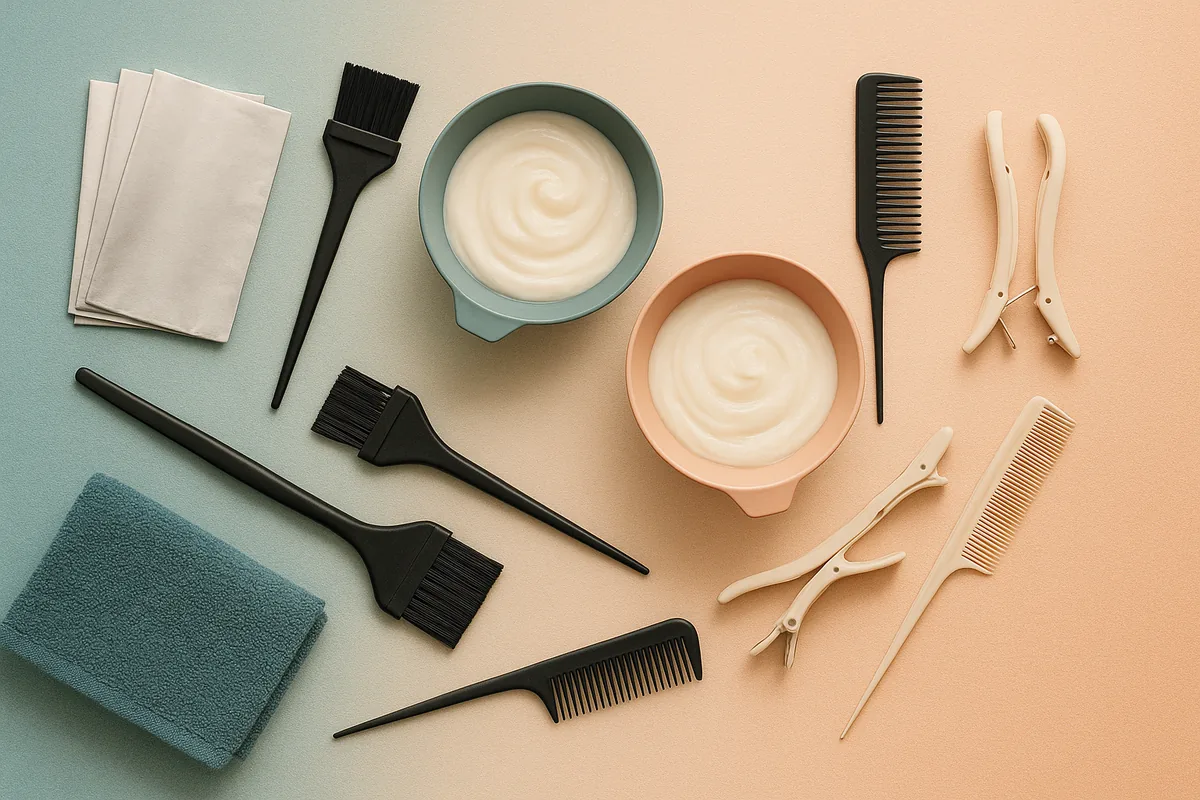Why Foilayage?
If you’ve ever scrolled through Instagram wondering how some blondes look naturally sun-kissed yet impossibly bright — chances are, you’re looking at foilayage.
At Lourens Hair inside Scar on Bree Street, balayage isn’t just painted on and left to chance. Lourens uses foils as part of his creative process — not because he’s doing “old-school highlights,” but because he’s pushing balayage to its highest standard.
Balayage vs Foilayage: What’s the Difference?
Classic balayage is painted freehand in open air. Foilayage is the modern evolution — where painted sections are wrapped in foils to create more brightness and dimension while still maintaining the soft, blended finish balayage is famous for.
Think of it like natural sunlight, but on your terms — warm, luminous, and tailored to your features.
Why Foils Matter
- Cleaner lift and cooler tones that resist brassiness longer.
- Custom contrast for every client — from whisper-soft ribbons to bold, beachy brightness.
- Healthier results via faster, more precise processing that minimises over‑processing.
It’s not about following a formula — it’s about mastering chemistry, placement, and technique so that every blonde or brunette glow looks effortless.
The Result
Hair that looks expensive, effortless, and made for movement. Whether you’re after creamy balayage, golden brunette dimension, or icy champagne tones — foilayage gives the brightness without the stripes, and the softness without the dullness.
The Takeaway
Balayage may have started in Paris, but its evolution lives here in Cape Town. Lourens combines European technique with South African precision — painting light where it belongs and using foils where it matters. The result? A colour that shines in the sunlight, grows out gracefully, and turns heads everywhere you go.
